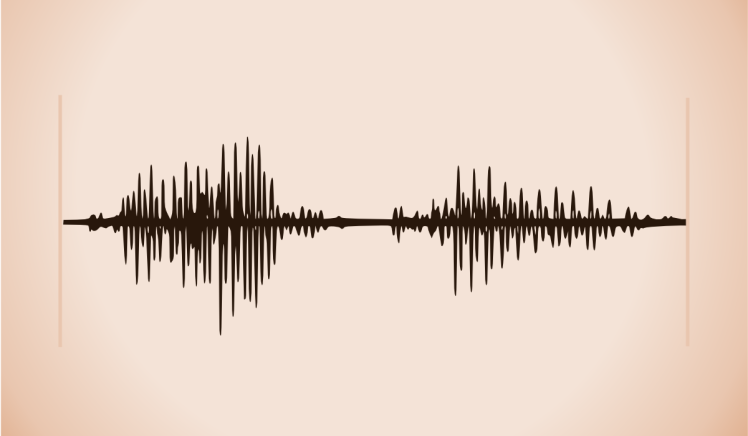
There are so many instruments to think about when recording jazz. As technologies change, music changes, but Jazz still seems to sound the same as it did 50 years ago. In this blog, I will go over some production techniques that could help you achieve that signature Jazz sound. Yeah, so a heads up, this is a complete handful to get your head around. You’ve been warned.
So, assume here that you have your Jazz track already recorded and you’re ready to start mixing. There are a couple of things you can do to turn you’re mix into a more jazz-y sounding track. For this, you’ll need to use sound source separation techniques as the pre-processing step of the mixing process. Firstly, you’ll need to solo an instrument from the audio mix by applying a complex algorithm for pitch-informed solo and accompaniment separation. This will insure the perfect sound Jazz track. Here are the six components of mixing modern Jazz:
- Harmonic-percussive separation (HPS)
- Cross-adaptive multi-track scaling (CAMTS)
- Cross-adaptive equalization (CAEQ)
- Cross-adaptive dynamic spectral panning (CADSP)
Before this can happen, something needs to happen before this mix can get done.
Solo and Backing Track Separation
The idea of the algorithm above, is to solo an instrument within a crowd of instruments. In order to do this, the algorithm obtains spectral estimates of the solo’d instrument, and creates tone ‘objects’, which are used to extract this instrument tone by tone. (Yes, this is seriously complex).
Harmonic-percussive separation (HPS)\
This particular algorithmic parameter for harmonic-percussive separation.The idea of this algorithm is based on something called ‘median filtering of the magnitude spectrogram’. This is designed to split your Jazz track audio signal, into two sources of audio; horizontal (harmonic sources) and vertical (percussive sources). The idea in this step is that you can mix the percussive elements, and the harmonic (everything else) to blend the perfect mix into your track.
Cross-adaptive multi-track scaling (CAMTS)
This step is so not even slightly necessary, and kinda lazy. This step, is just trusting an algorithm to control your mix faders to get the ‘perfect’ mix. I personally believe in mixing with your ‘ears’, not your ‘eyes’. This algorithm does the work for you, which is kinda crappy and boring.
Cross-adaptive Equalizer (CAEQ)
This step requires you to use another algorithm to stabilise your EQ of your track. The main idea is to alter the spectral envelopes of the audio signals you’ve recorded and to reduce any and all spectral masking between the solo’d signal and the rest of the track. More or less, to make sure your sound isn’t using frequencies it shouldn’t, to help even out the mix. This algorithm is described as analysing, “The spectral characteristics of the separated signals, which are then are modified by enhancing or attenuating pre-defined frequency bands depending on the signal’s perceived loudness with respect to the overall loudness.” More or less saying that this algorithm with make instruments sound like instruments, among other instruments. So everything sounds good, without taking up too much unnecessary or redundant frequencies within any one instrument, so all instruments sound good together as opposed to a muddy mix with too much overlap of frequencies.
Cross-adaptive dynamic spectral panning (CADSP)
“Dynamic spectral panning is a technique that allows the creation of a stereophonic impression in a given monophonic multi-track recording”. This part uses another algorithm to perfectly pan your Jazz track, but it does more. The idea of this particular algorithm, is to turn a mono sound into a stereo one. Even if the track is stereo, this algorithm smashed (or Down-Mixes) it into mono, then up-mixes the audio into a new and improved stereo image. Making the track sound far fuller and spaced spectrally.
Making Sense of All This
So after doing more research into this particular way of mixing Jazz music, I found that it wasn’t so much mixing as it is algorithmically re-mastering a track digitally. This is still applicable to mixing a Jazz track as well however. If you have your track already recorded, can still throw it through this intricate system of algorithms and come out with a fully mastered jazz track. Primarily, this function is for remastering old Jazz tracks for listening to today.
Personally, I don’t think I could let computer algorithms do the work for me, as it is the human touch is imperfect and full of mistakes, that makes music sound good. As opposed to a computer making the mathematically perfect piece of music. I mean maths gets close, but it’s human imperfection that makes music ultimately perfect.
Wyatt Nicholls
Novice Audio Engineer
Student at SAE
References:
Matz, D. Cano, E. Abeßer, J. (2015). New Sonorities For Early Jazz Recordings Using Sound Source Separation And Automatic Mixing Tools. Accessed at https://pdfs.semanticscholar.org/1a13/2fcf368b7e53fa8bf038b193afa3c7d91156.pdf
[Image] http://lemasney.com/consulting/2012/11/08/20121108-a-waveform-of-the-word-open-tattoo/